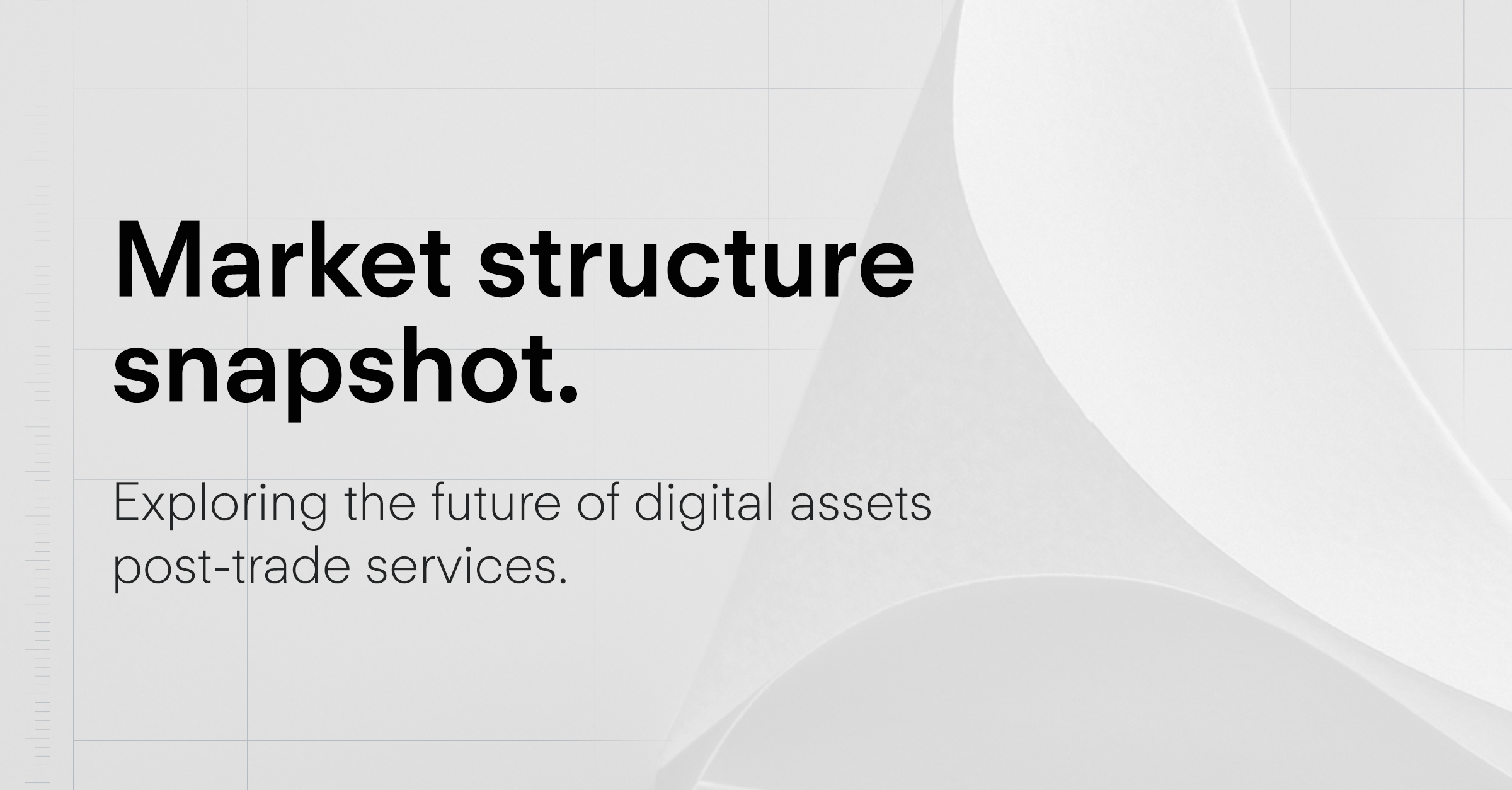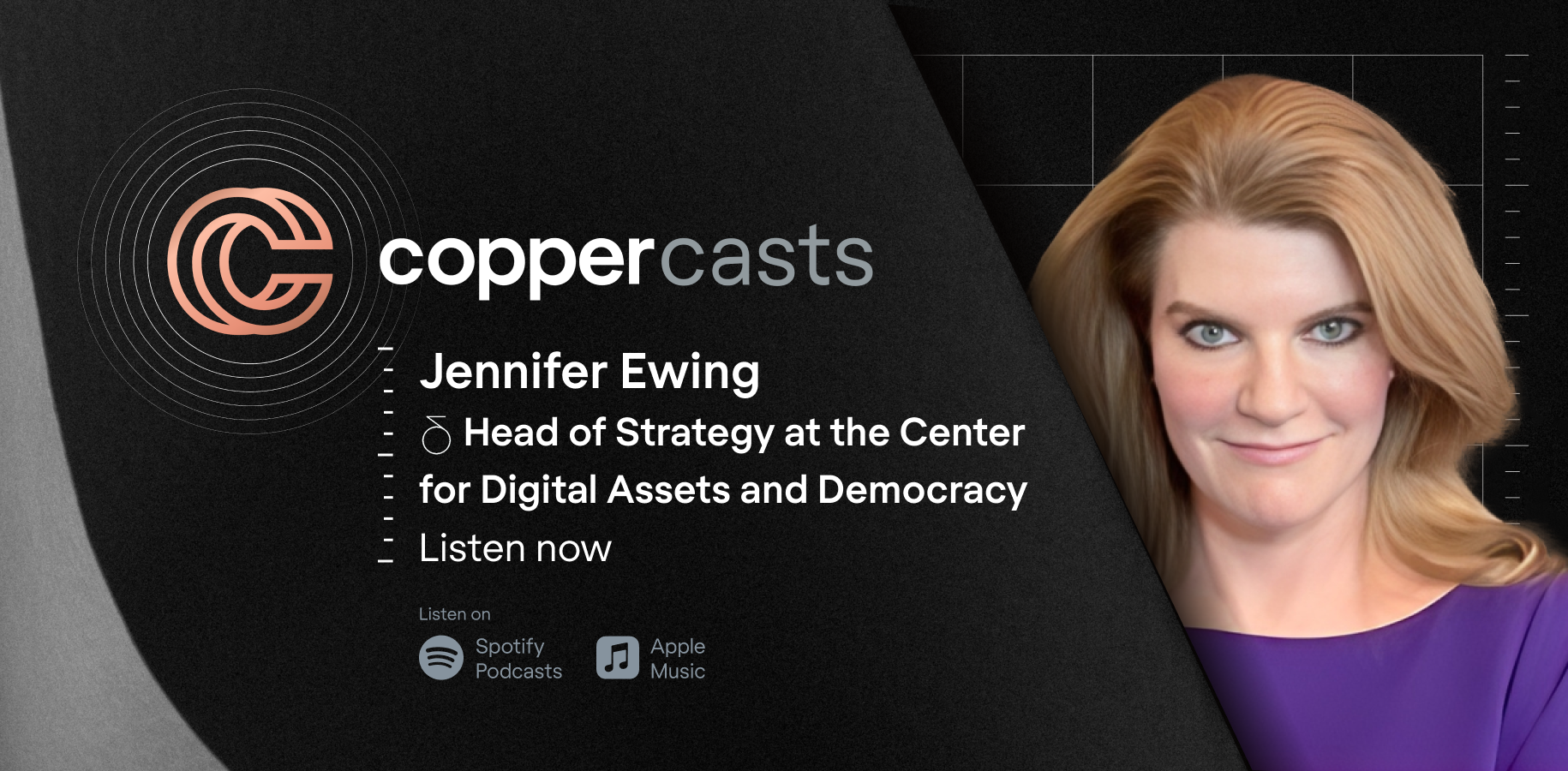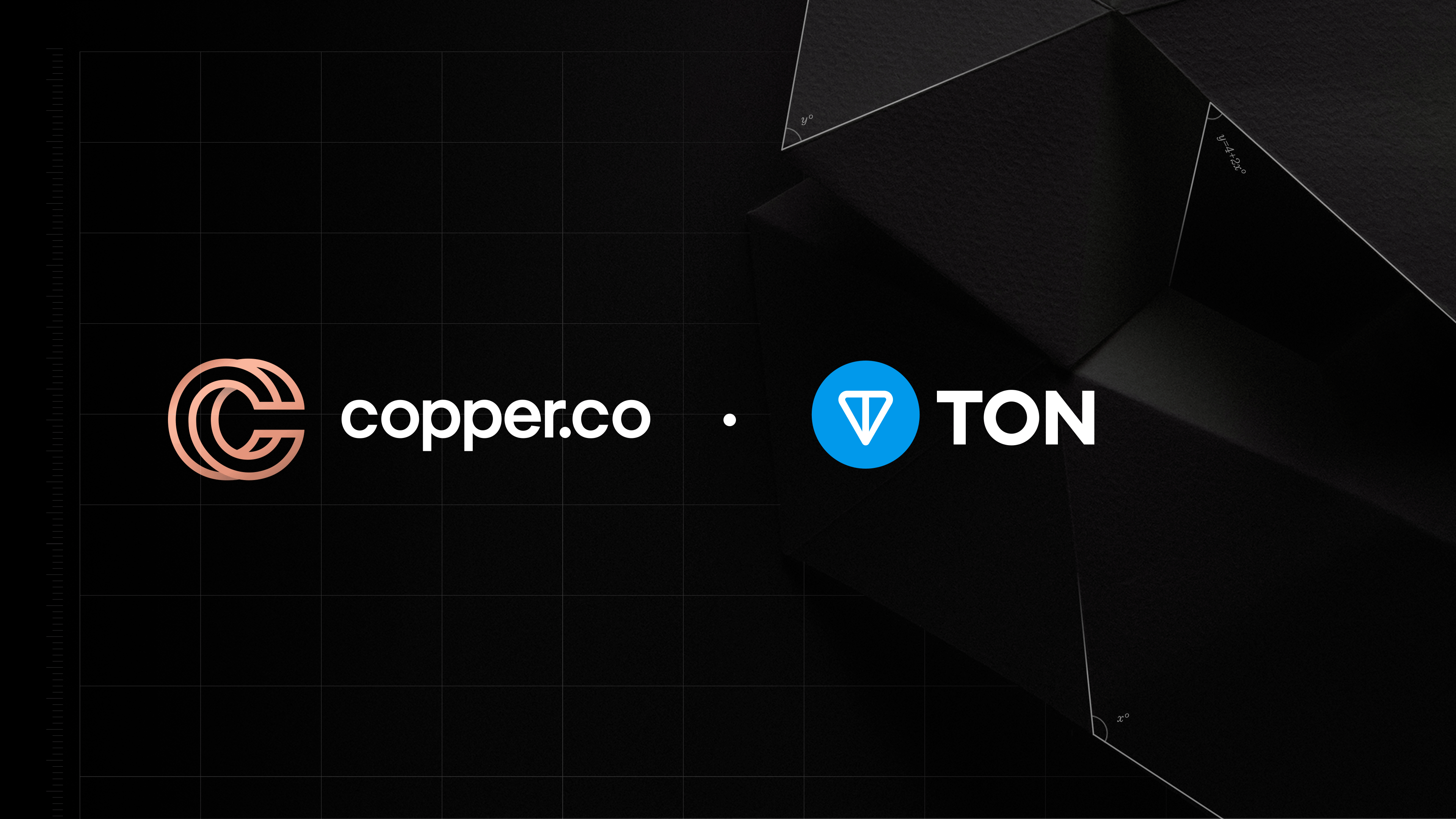Market Insights
Libra Backlash
An update on what could one day be remembered as the most important pivot in American business, or just as quickly forgotten as another example of fail fast

In its short life, Facebook’s Libra has endured perhaps the most fervent backlash against any new financial product in recent memory.
The white paper — which garnered worldwide headlines on 18 June 2019 — describes Facebook’s plan to build and run “a new decentralised blockchain, a low volatility cryptocurrency, and a smart contract platform”. Libra’s launch also debuted Move, a brand new smart contract programming language which enthusiasts say could have more impact than the stablecoin itself.
Libra will most commonly be used for payments between Facebook’s 2 billion users.
Facebook plans to debut the part dollar, part yen-backed stablecoin in Q3 or Q4 2020, issuing tokens from its Swiss bank account.
Originally Zuckerberg targeted Q1 or Q2. But the Facebook CEO was not ready for the firestorm of political and regulatory reprisals his plans would face, as governments accused the social media giant of creating a shadow banking system to usurp the power of monetary authorities.
Sounding the alarm
In June 2019 Maxine Waters, who heads the US financial services committee, said all Libra development should stop until its impacts could be parsed by regulators “because Facebook is already in the hands of a quarter of the world’s population“.
A month later the US Senate Banking Committee grilled David Marcus over his position as head of Calibra. Calibra is Facebook’s digital wallet, which will hold and store Libra coins. Facebook say Calibra will be available across Messenger and WhatsApp and should also launch in 2020.
As summer turned to autumn, governments further rounded on Facebook. First France pledged a ban citing concerns Libra would affect “monetary sovereignty” then Germany added its own opposition.
And while Ethereum co-founder Charles Hoskinson told Decrypt in September that there was no EU-wide cryptoasset regulation to thwart Libra’s plans, the next financial commissioner of the EU is planning just that. At his October 8 confirmation hearing, Valdis Dombrovskis assured MEPs that should he be re-elected he would put forward a specific new “regulatory framework” for Libra, instead of applying existing rules.
What now for Libra?
28 major multinationals, including eBay, telecoms giant Vodafone, payments firms Mastercard and VISA and a clutch of nonprofits each committed $10m to join the Libra Association to support its development, the Guardian reports.
But the heightened level of regulatory ire Libra attracted has shaken these relationships with PayPal formally dropping out on 4 October.
However, Libra’s Geneva-based developers are merrily programming away with progress continuing apace.
A Libra Association update posted on 2 October describes how they have produced a “pre-mainnet” and “a handful of partners have already deployed their nodes and have them communicating with each other”. The team is working on interoperability between multiple wallets as the “key to the success of the Libra network”.
Elsewhere devs have added “waypoints” to show clients the history of the Libra blockchain, while others have released blockchain explorers like LibraView and Libexplorer.
A Libra mainnet is on course for full deployment within months, it says, noting: “The end goal is for all partners to have nodes deployed on the network. We want to ensure the Libra network can meet rigorous performance benchmarks and overall system stability before opening access.”
On the regulatory side, the Bank of England has now put forward concrete proposals for how Libra should be treated in the event of its launch in the UK. The influential central bank’s Financial Policy Committee laid out a series of redline rules in a 9 October policy document, saying bankers would need “access to be able to monitor payment chain information”.
While Libra “has the potential to become a systemically important payment system…[t]he terms of engagement for innovations such as Libra must be adopted in advance of any launch,” the bank stressed.
This kind of oversight mimics an approach gaining popularity elsewhere. Switzerland’s Bank of International Settlements recently proposed a sort of ‘embedded supervision’ for tokenised markets so that regulators could automatically — rather than manually — keep a close eye on this burgeoning industry.
The latest forward thinking research, straight to your inbox.
Insights
Market insights straight from the source.

Market Insights
Exploring the future of digital asset post-trade services: Innovations and developments in 2023 and beyond.
23.01.2024

Coppercasts
CopperCasts | Jennifer Ewing | Head of Strategy at The Center For Digital Assets And Democracy
19.10.2023

Company News
Copper and TON expand partnership with USDT-TON support
30.04.2024